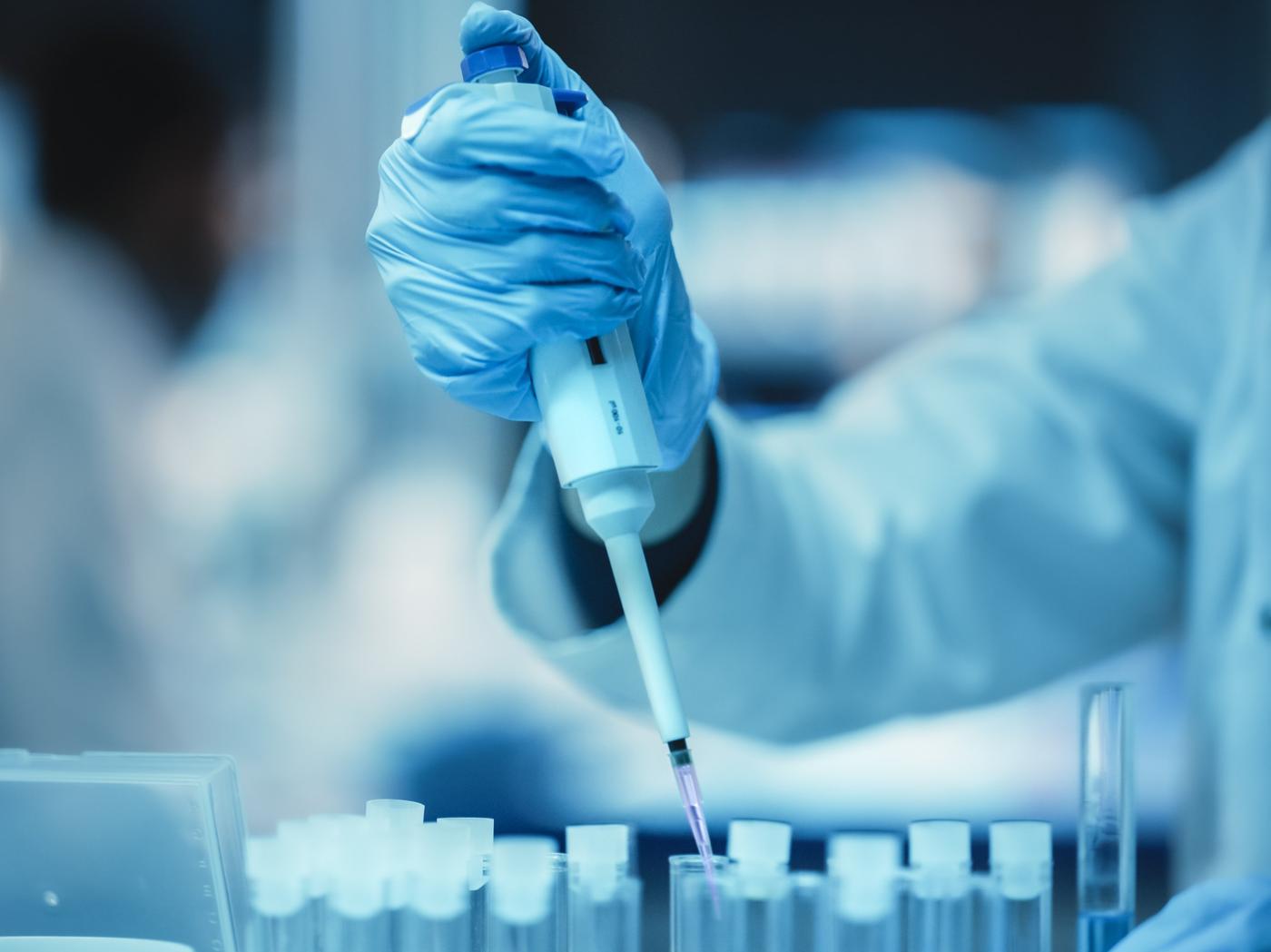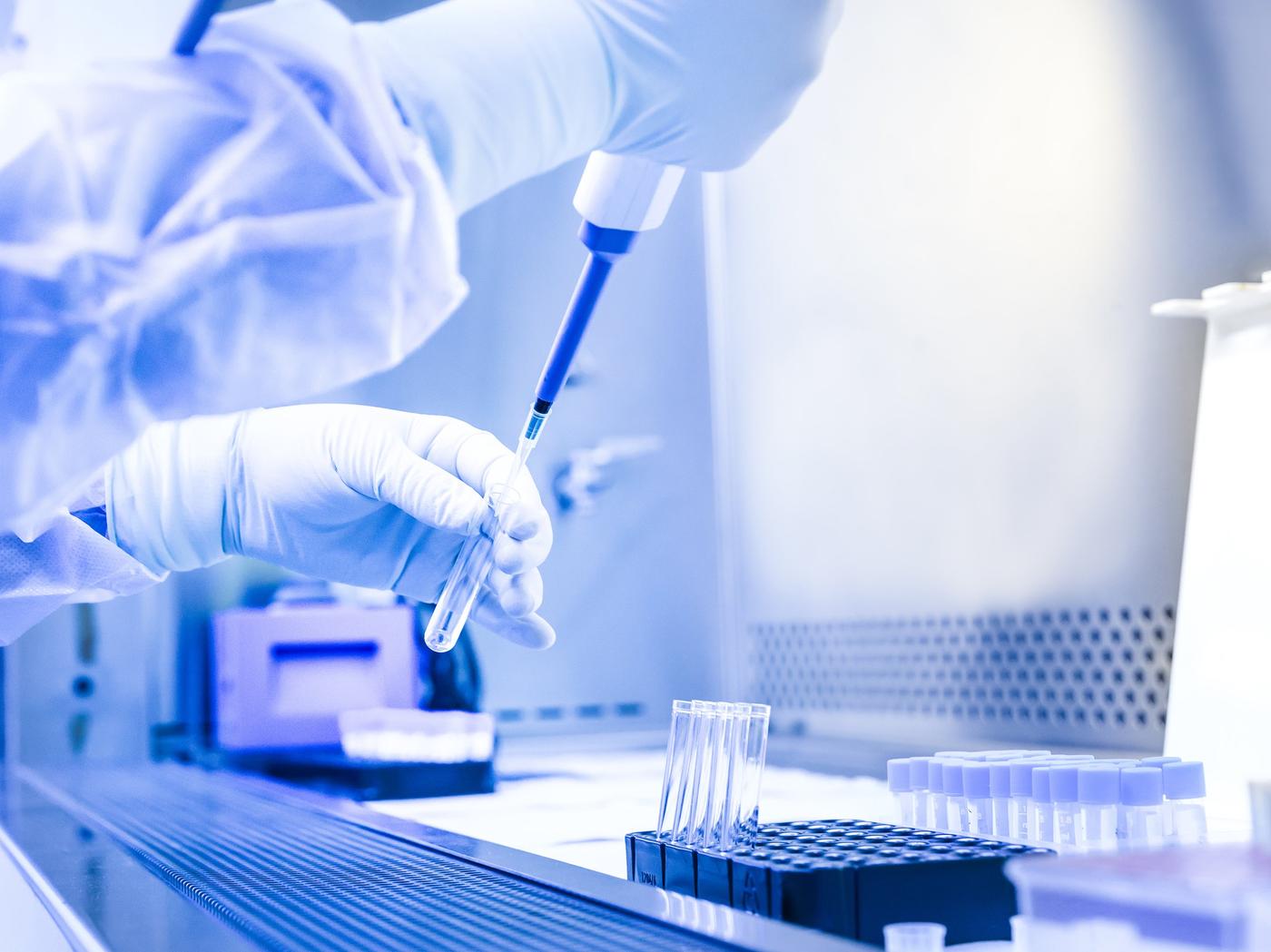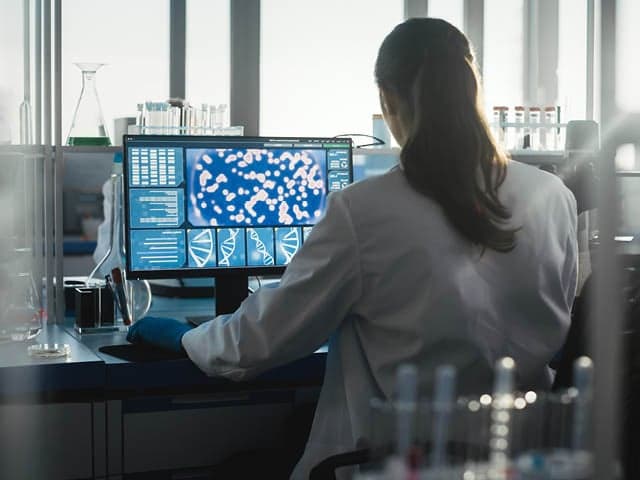Biopharmaceuticals & Biologics Analysis Services
Streamline your biopharmaceutical development with our complete biologics testing services that reduce costs and regulatory bottlenecks. From monoclonal antibodies to gene therapies, our consultative scientists deliver critical CMC data with customized analytical approaches, specialized equipment, and regulatory-compliant testing at every development stage. Your path to successful biologics approval becomes clearer when you partner with our experts for end-to-end biologics testing support.
Why Element are global leaders in the Biopharmaceuticals & Biologics industry
As biologics and Advanced Therapy Medicinal Products (ATMPs) become increasingly important in addressing unmet medical needs, developers face unique analytical challenges that can significantly impact development timelines and costs. Element is at the forefront of the evolving Biopharmaceuticals & Biologics Analysis sector, building specialized expertise to help developers address these challenges across traditional biologics and cell and gene therapies.
We provide complete analytical testing throughout your product lifecycle – from early R&D through IND/BLA filings to commercialization and post-marketing support. Our services encompass method development, validation and execution across diverse biological modalities.
We address the unique challenges of your specific therapeutic modality, reducing time to market and development costs with comprehensive testing that evolves appropriately as your product advances. Our consultative scientists rapidly design and develop robust testing methods for potency, chromatography, and characterization specific to your molecule, delivering the pivotal data necessary for regulatory submissions and release testing.
Our services include:
Core Analysis Services
- Custom method development and validation for non-compendial methods
- Purity analysis by HPLC, SDS-PAGE, and other techniques
- Mass verification by LC-QTOF
- Immunoreactivity assays
- Potency testing through cellular-based and enzymatic activity assays
Specialized Characterization Services
- Peptide mapping
- Bottom-up proteomics
- Top-down mass determination
- Post-translational modification analysis
- Process impurity testing (host cell DNA, host cell protein, etc.)
Advanced Therapy Testing
- Gene therapy and AAV vector analysis
- Viral vector purity and transduction efficiency testing
Safety Testing
- Sterility testing
- Bioburden assessment
- Endotoxin testing
- Mycoplasma testing
- Adventitious viruses screening
- Retrovirus and MVM (Minute Virus of Mice) testing
Supporting Services
- Raw material analyses for mammalian and microbial expression systems
- Stability storage and testing
- Forced degradation studies
- Extractables and leachables studies
- NMR spectroscopy
- pH and osmolarity testing
Services

Biosimilar Development & Testing Services
Element's biosimilar testing services support every stage of development, providing expert analysis and regulatory guidance to streamline the 351(k) approval process and bring safe, effective biosimilars to market.

Therapeutic Enzymes & Protein Analysis
Element provides expert therapeutic protein analysis, offering tailored bioanalytical testing to support IND and BLA regulatory pathways. Our services optimize stability, purity, and efficacy for therapeutic proteins and enzymes.

Therapeutic Peptide Analysis Services
Element's advanced technologies and understanding of biological chemistry will help you characterize and optimize your therapeutic peptide programs.

Monoclonal Antibody (mAb) Characterization & Analysis services
Element's industry-leading expertise, methods, and purpose-built laboratories help to guide a steady, efficient path through regulatory approval for monoclonal antibody (mAb) therapies, the fastest-expanding class of protein therapeutics.

Gene Therapy Process Development & Manufacturing Support Services
We can help you accelerate your gene therapy development while reducing costs and ensuring patient safety. Our gene therapy process development and analytical methods support helps you overcome development challenges and meet regulatory requirements faster. We integrate QC-centric method development with comprehensive analytical testing to streamline your path from discovery to manufacturing.

Cell Culture & Cell-Based Bioassay Services
Element provides expert cell-based bioassay services, including potency testing, method validation, and regulatory support, helping biopharmaceutical companies streamline drug development and approval.
Your Challenges, Our Solutions
Escalating CMC costs
Regulatory submission confidence
Complex product characterization
Standards we test to and materials we test
Our FDA-registered, cGMP-compliant laboratories are ISO 17025:2017 accredited, and DEA licensed. Our scientists are experts, with the knowledge and capability to partner with you to provide quality test results on your timeline, helping to ensure product quality and patient safety.
Protein Therapeutics
- Monoclonal antibodies (mAbs)
- Bispecific antibodies
- Recombinant proteins
- Recombinant enzymes
- Antibody-drug conjugates (ADCs)
Peptide Therapeutics
- Simple linear peptides
- Complex cyclic peptides
- Peptide oligomers
Advanced Therapy Medicinal Products (ATMPs)
- Cell therapy products
- Gene therapy products
- AAV vectors
- Lentivirus vectors
- Cancer vaccines
Other Biological Products
- Microbiome therapeutics
- Bacterially-derived products
- Vaccine components
- Raw materials for biologics manufacturing
Element Experts at your service
Why Choose Element

Complete lifecycle support
Modality-specific expertise
Regulatory submission focus
Consultative scientific partnership
Nearly 200
9,000+
ISO 17025:2017

Vaccine analysis services
Ensuring the safety and efficacy of your vaccines is not only a critical regulatory requirement but also essential for their distribution and widespread use. Element offers comprehensive vaccine analysis and safety testing services tailored to both traditional and novel vaccine platforms.
Our capabilities include nuclear magnetic resonance (NMR) testing, sterility and bioburden assessments, endotoxin and mycoplasma testing, as well as screening for adventitious viruses, retroviruses, and minute virus of mice. We also perform purity analysis using SDS-PAGE, along with pH and osmolarity testing.
Additionally, we provide specialized testing services to expand, test, and store your master and working cell banks, supporting your vaccine development from early development through commercialization and post-marketing surveillance.



